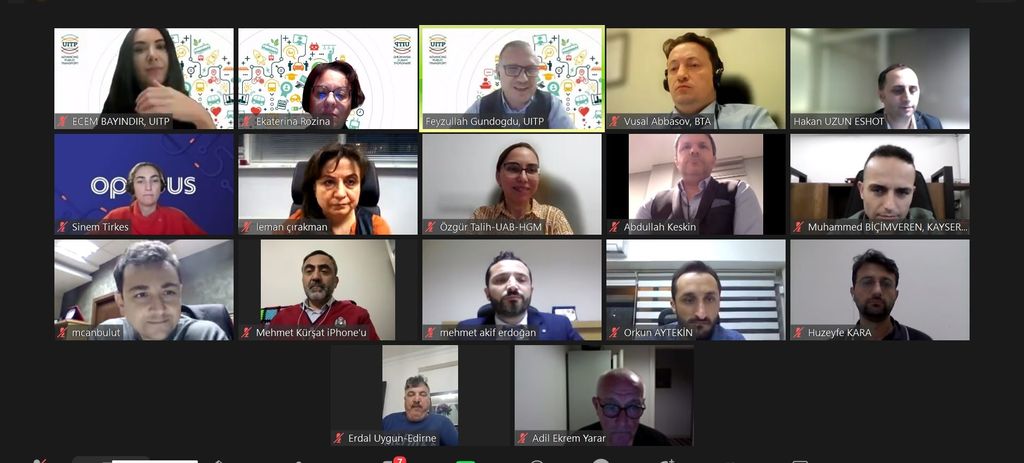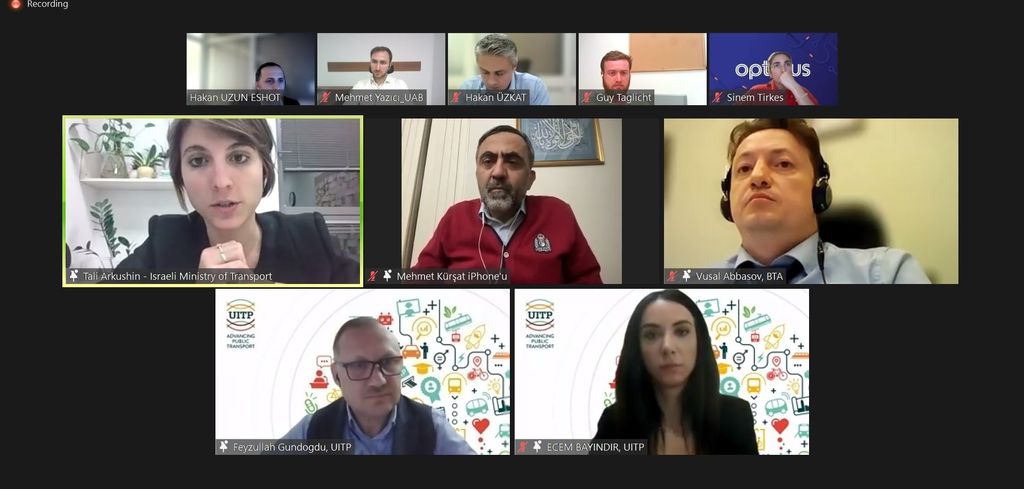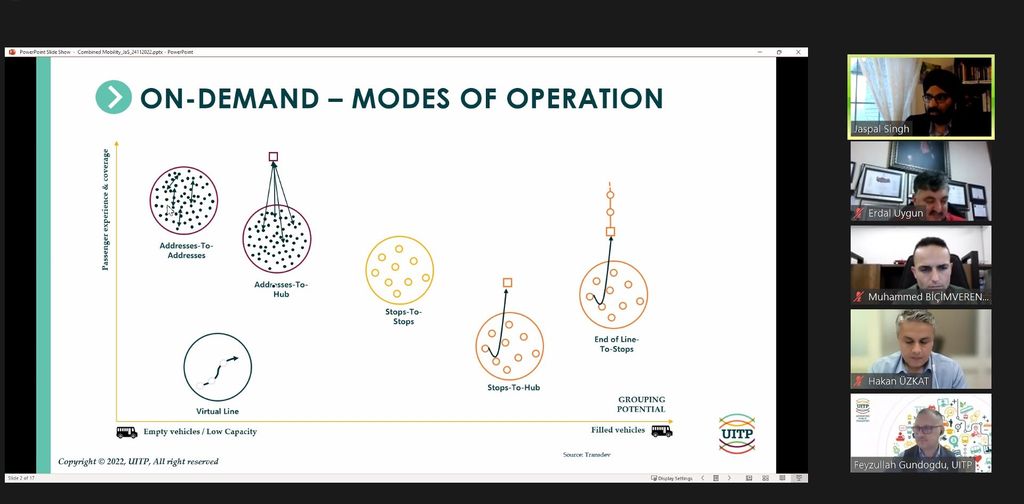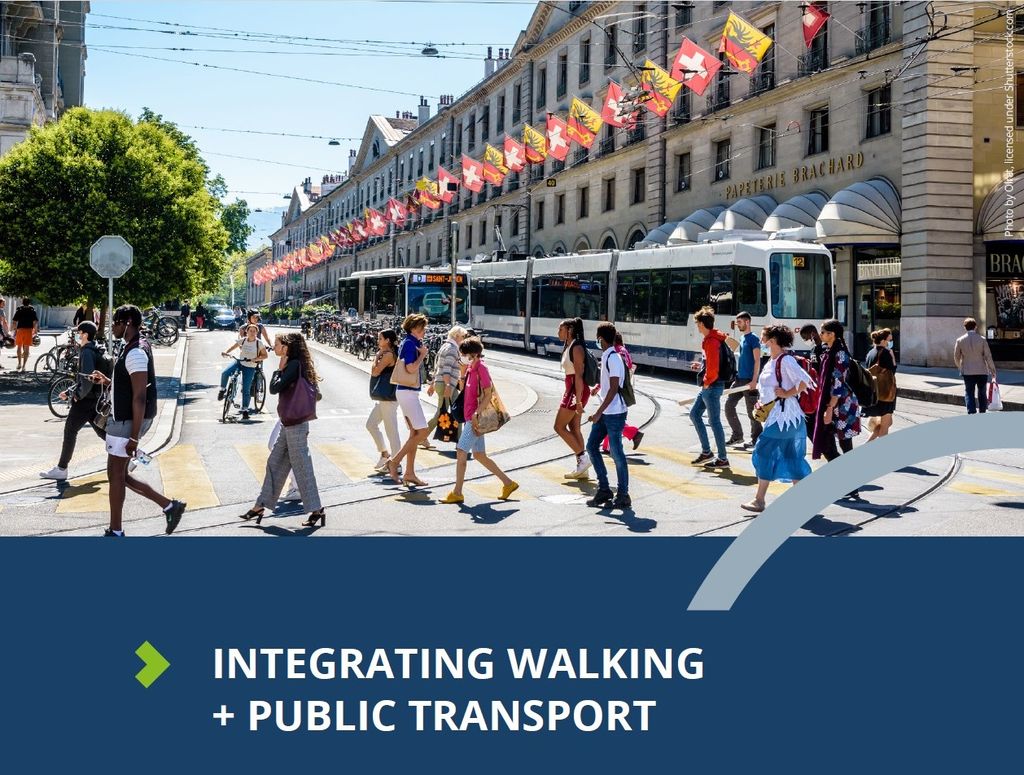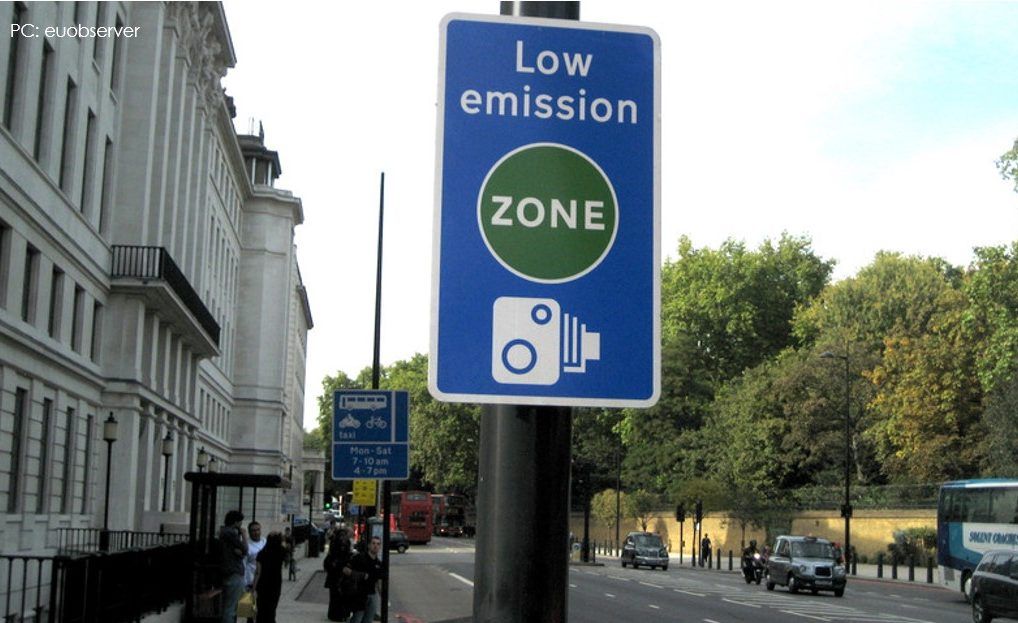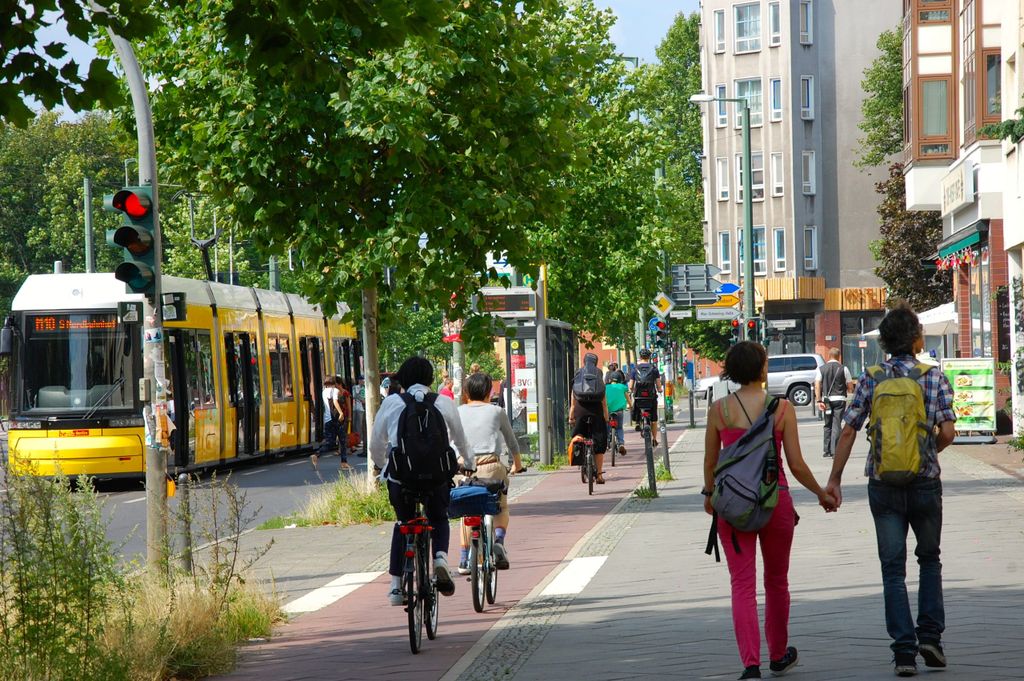
UITP Eurasia focuses on new mobility services
Eurasian Webinar for international audience
On 24 November, UITP Eurasia held a webinar on new mobility services. The theme for discussion was proposed by members who are experiencing a drastic change in public transport customers’ needs and expectations.
Rapid digitalisation creates new opportunities for both customers and transport agencies. New mobility services have a big impact on the customer experience journey and can improve satisfaction and efficiency.
During the webinar, we put ahead the implementation and running of such new services while understanding their impact on urban mobility.
A new theory…
As an outcome of the world’s digitalisation, shared and on-demand services emerged. Lidia Signor, UITP Combined Mobility Manager, presented a review for on-demand transport defining it as a creation of public transport comprehensive offer.
On-demand transport, being a combination of all benefits of collective and individual public transport, brings all modes for an integrated mobility platform – MAAS (Mobility as a Service).
The use of app-based services changed the way we plan our trips. Passengers have become an active part of transportation by planning their transport network according their own constrains. But MAAS implementation still experiences numerous obstacles, including the absence of target-based policy, legal framework, structured funding programmes andtechnical assistance.
How shall these services be combined with public transport? ‘’One-size fits all’’ is not sufficient anymore, as more customised services are needed. So, leading public transport operators are heading the process of implementation of new technology and services.
Among them is Japan company JR East, and its Senior manager Takahito Sahoda explained how his company – leading rail operator (in a country with over 200 rail operators) – became engaged with information provision for all modes, payments and booking for most of transport services with one unique transport card connected to application giving unified solution for using various mobility services.
Seamless mobility will lead to greater customer satisfaction, but the lessons learnt by JR East is that it is important to listen to customer demand and provide the functions and services for better Maas, as well as seamless mobility requires cooperation between companies, and it needs to make one at a time.
From the development of a single mode of transport to the provision of an attractive mobility service offer, the core activity of public transport companies is evolving from running vehicles to moving people from door to door. To provide required supply operators have to know the occupancy. But this aim differs in different areas: city center, suburban, city’s edge, rural. Jaspal Singh, Head of North America Office, UITP, presented a study for on-demand travelling for each of these areas. In each area demand-responsive transport organisation is solving their own problems and requires different organisation.
.. and new practices
Different elements of on-demand transit network can solve specific challenges in city (profitability, congestion, utilization, accessibility etc)) was proving Victoria Markewitz, Partnerships Director VIA, showcasing real practice implementation (in Tel Aviv). Those are the goals forming on-demand solutions.
The challengers should be identified and answered: educating passengers about new mobility solution is essential but new offerings must be as accessible and as easy as possible in order to make people change their every-day habits.
Hakan Uzun, Head of Transportation Planning Department Izmir Metropolitan Municipality, ESHOT, showcased demand respond transport at Izmir, the third city of Turkey in terms of population with over 4 million inhabitants. Transport Fleets are growing, but operators have to show responsible approach to put ahead principals of effectiveness and ecology. Preliminary work will take time and the projects will require certain steps in introducing but the technology will show its benefits.
During the following discussion representatives of cities were asked about their plans in developing new mobility services. The cities know that that on-demand transport is not a magic but a work that needs detailed planning. From the other side it is a real answer for customers’ expectations for smooth and easy travel, so operators and authorities do not have a choice but use it, overcoming technological, legal and psychological barriers.
All recordings and presentations are available for members on MyLibrary
Missed out on this webinar? UITP members can watch the webinar recording and browse the presentations at their own leisure.
become a member

